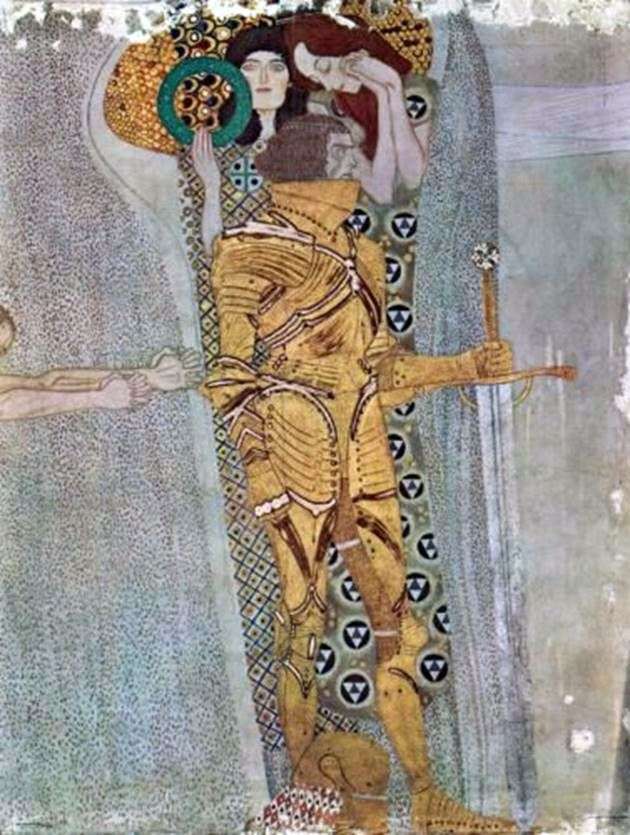
The Beethoven frieze is one of the most significant works of the Austrian modernist Gustav Klimt. The work is a fresco painting on three walls with a duration of 34 meters. It has a complex combination of pigment materials – gilding, glass glaze painting, casein paint – and fills the space between the architrave and the cornice. The freeze consists of several parts – left, central and right.
Before you left scene – “Longing for happiness.” Fresco is full of personifications of human emotions and actions. So, the knight – in gold and with a golden skin, – apparently, it is good that he is always fighting with the forces of Darkness and Evil, a virgin with a laurel wreath – his Victory or Glory, and a sad, melancholy and skinny woman – Compassion. Why did the author decide to combine these emotions and Victory? Why not contact the viewer directly? Here, say, Happiness, and here is his Loss and, as a result, Tosca in Happiness… Klimt decided to go the way difficult, giving the opportunity of philistine fantasy to connect his emotions and think in his own way and loss of tranquility and longing for the world, and at the same time for the departed happiness. The feeble humanity in the guise of Compassion is still smoldering with the hope of Happiness, which the Golden Knight will gain in a difficult struggle and the laurels will crown his head.
Gustav’s imagination paints no less strange images, obsessive, tortured, miserly. Despite the complexity of writing and the technology of glass painting, the idea seems to be simple and win-win. What could be easier than playing on human feelings and nerves. Probably, the master did not think about what the contemplator thinks of his puzzle or not.
The main thing is that the fresco is spectacular and entirely priceless with golden decoration and glittering glaze. It is so complex, in fact, as simple as an art print. Here is the Knight, here – His companions, one more beautiful. Beautiful, expensive, spectacular. To understand Klimt’s art, it is enough to read his lines about himself: “… Who wants to know something about me… should carefully consider my pictures…”. Then there is one conclusion – Klimt – a genius, understandable to many and to no one at the same time.
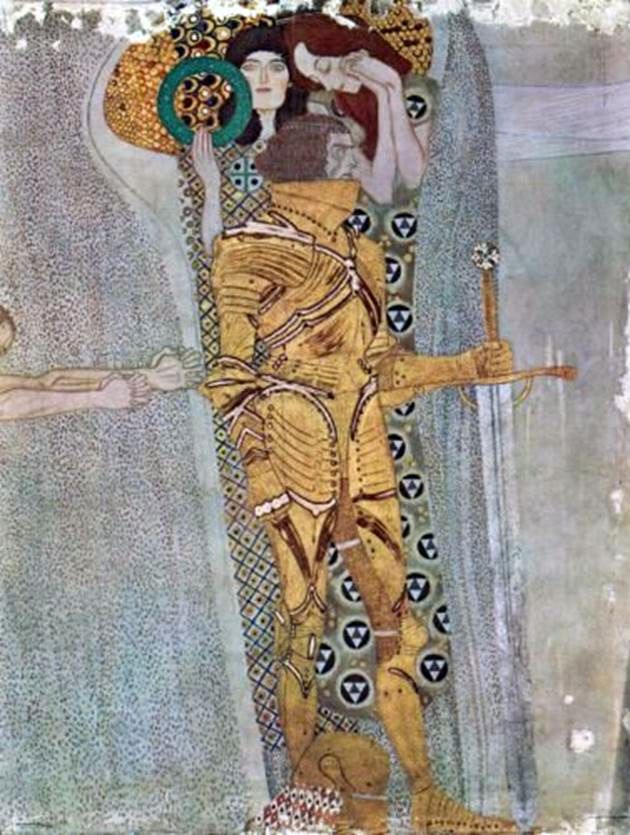 Frise Beethoven, Wandgem – Gustav Klimt
Frise Beethoven, Wandgem – Gustav Klimt Beethoven frieze by Gustav Klimt
Beethoven frieze by Gustav Klimt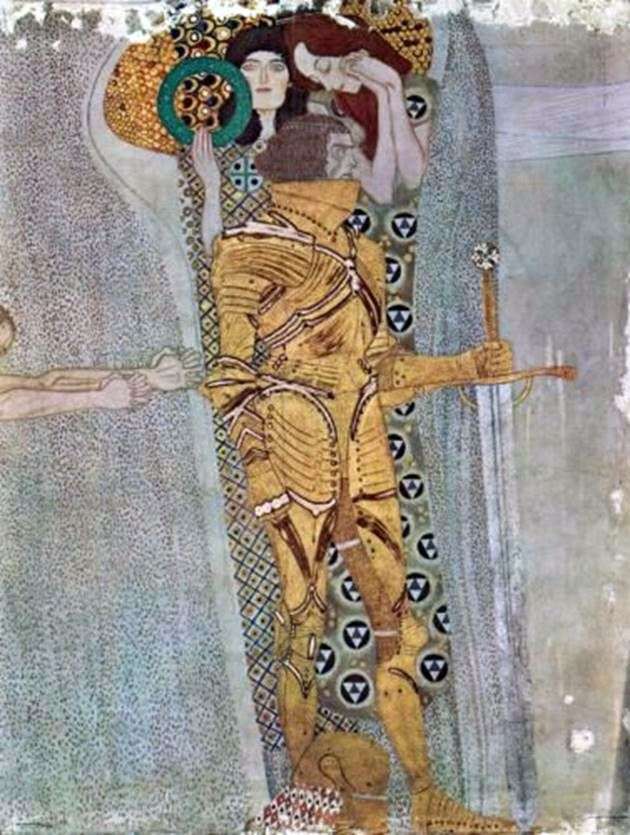 Friso Beethoven, Wandgem – Gustav Klimt
Friso Beethoven, Wandgem – Gustav Klimt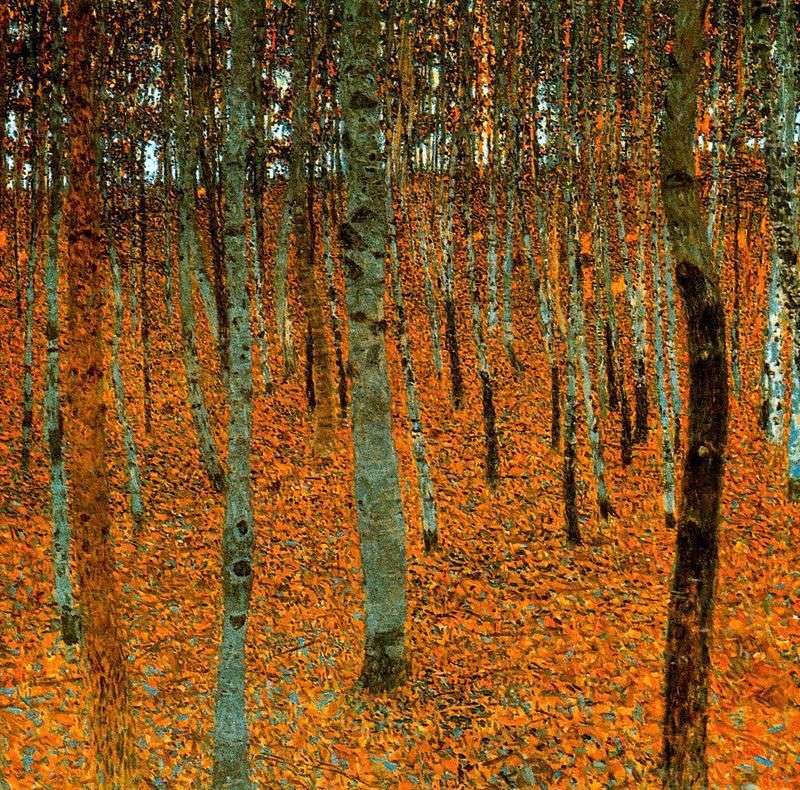 Birch Forest by Gustav Klimt
Birch Forest by Gustav Klimt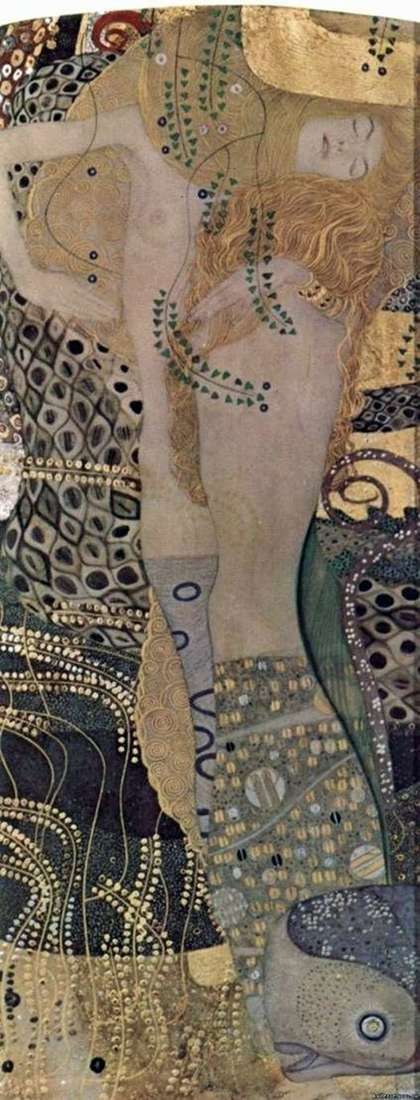 Water snakes by Gustav Klimt
Water snakes by Gustav Klimt The Kiss by Gustav Klimt
The Kiss by Gustav Klimt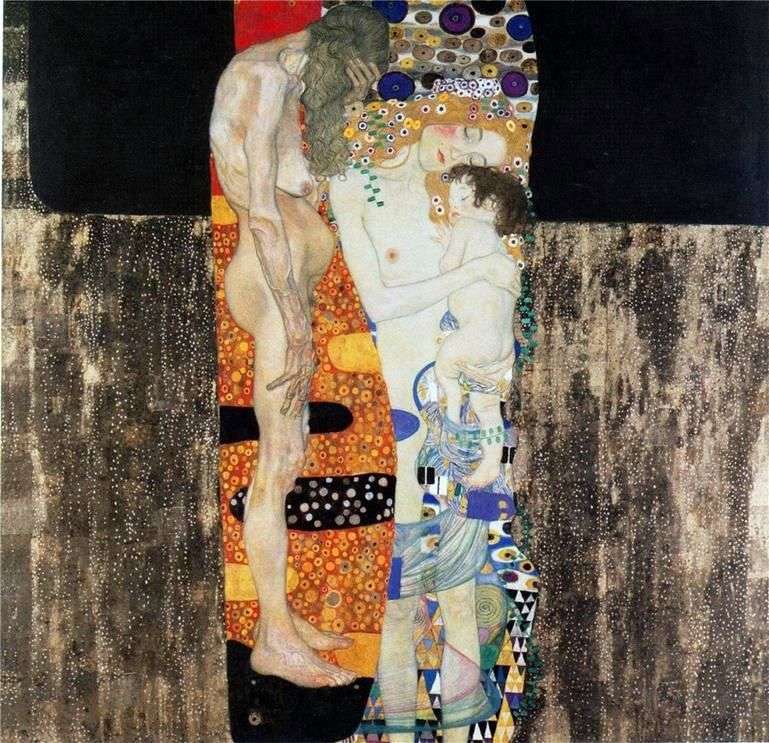 Three age women by Gustav Klimt
Three age women by Gustav Klimt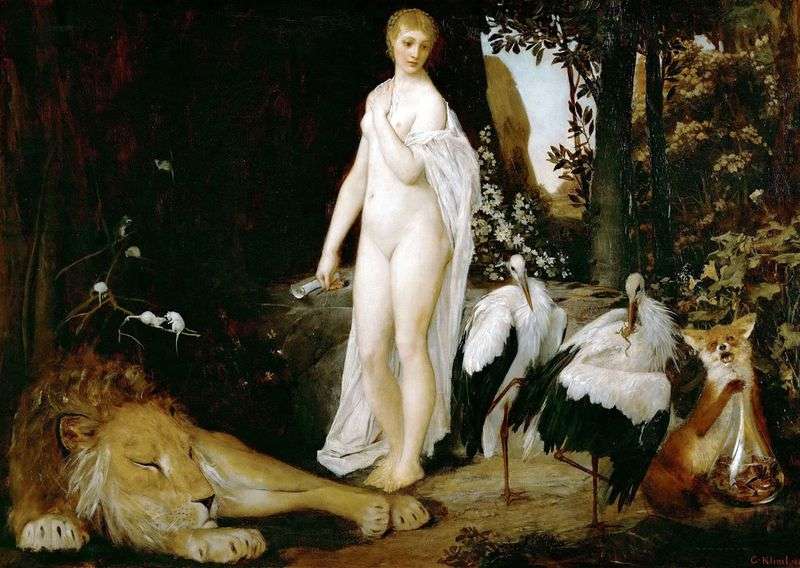 Fable by Gustav Klimt
Fable by Gustav Klimt